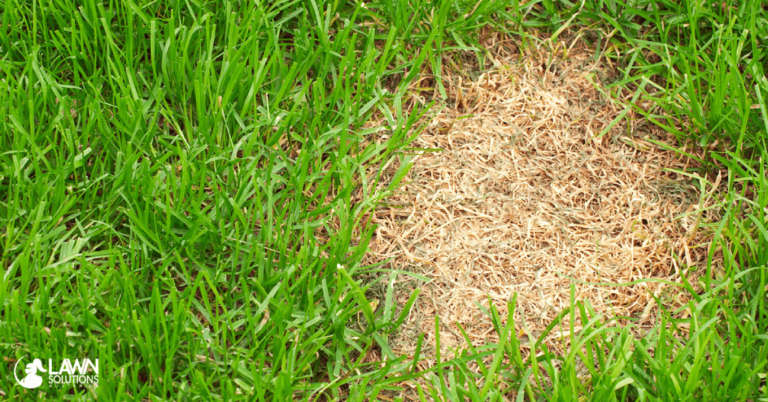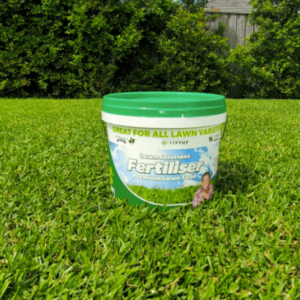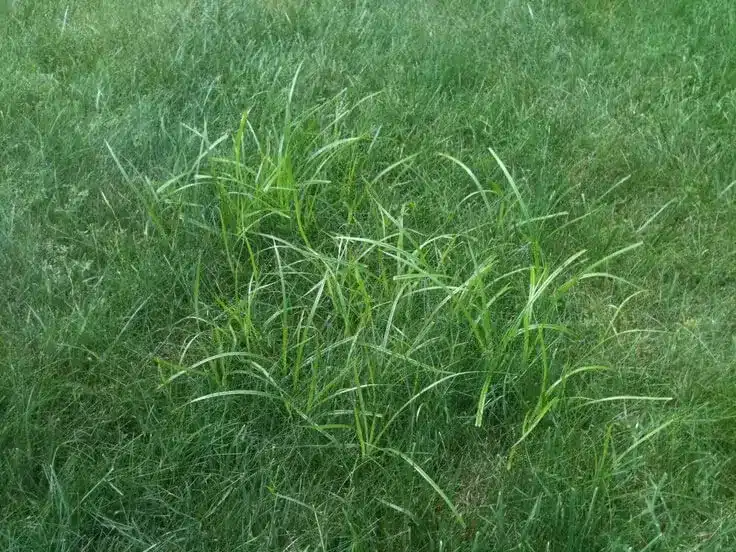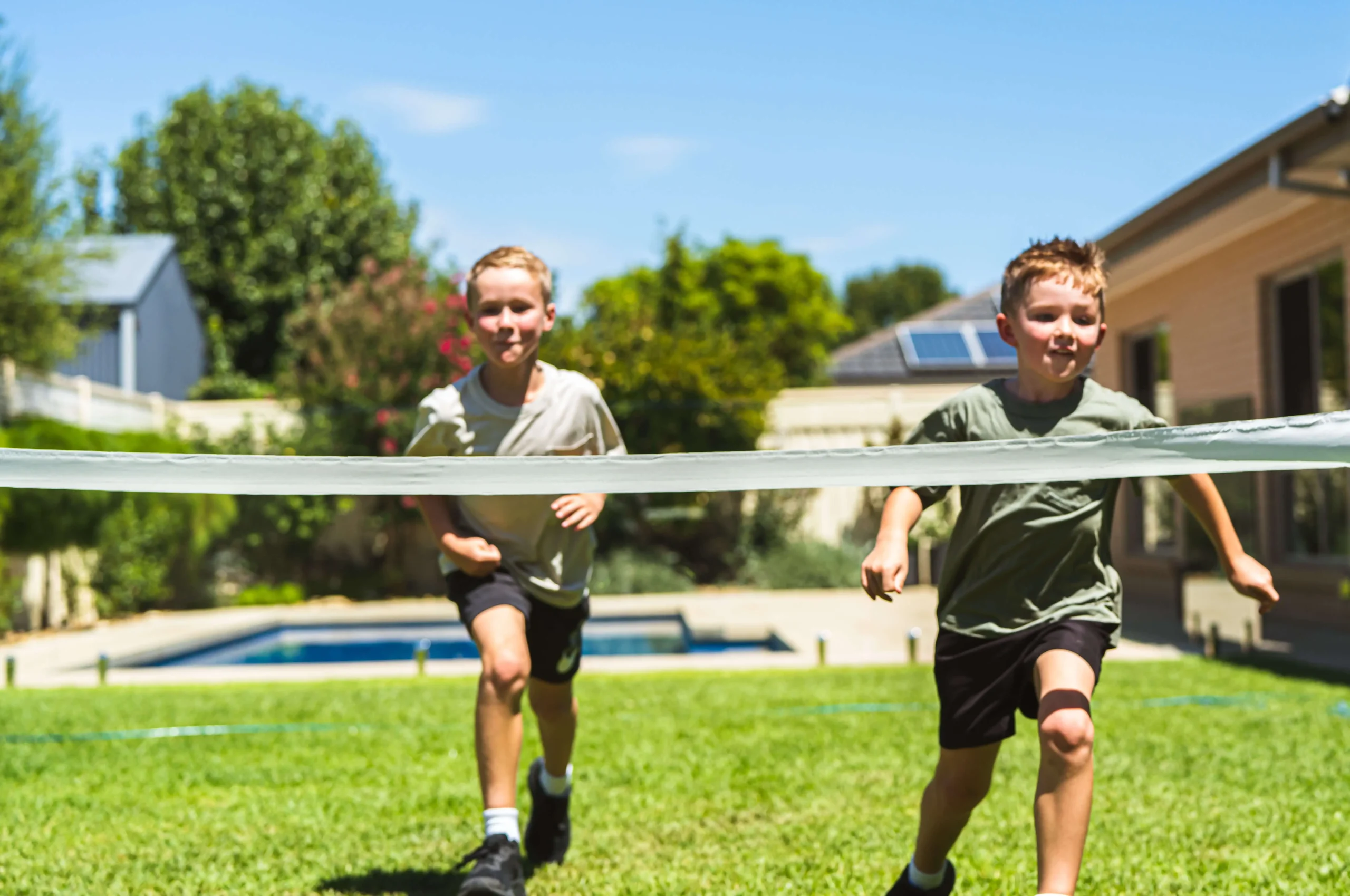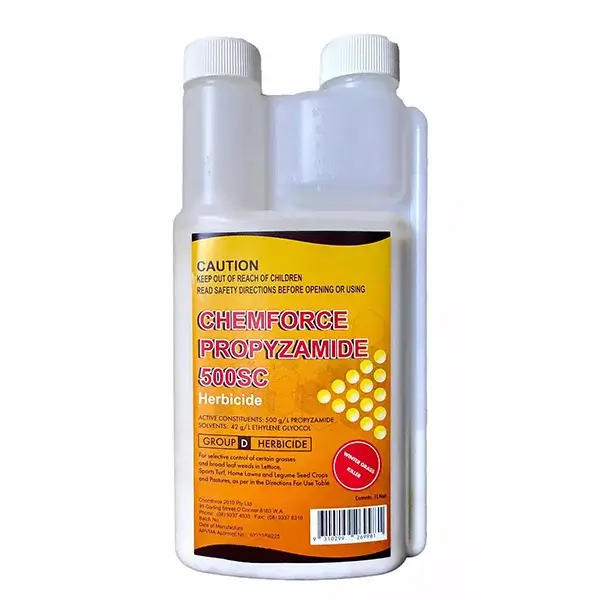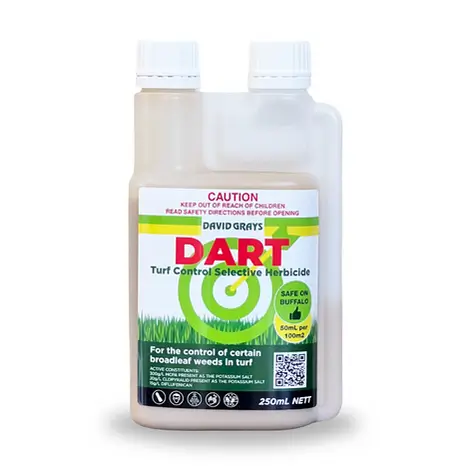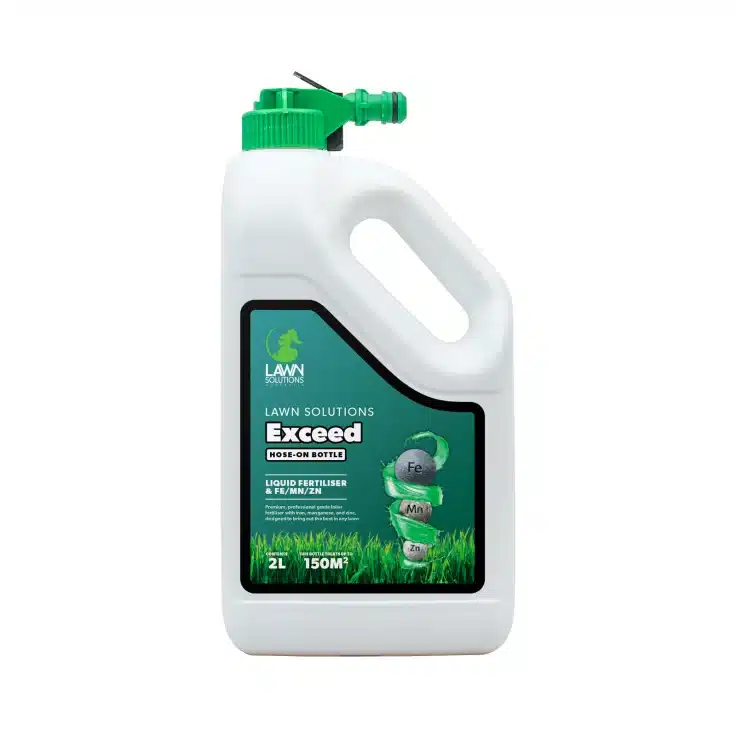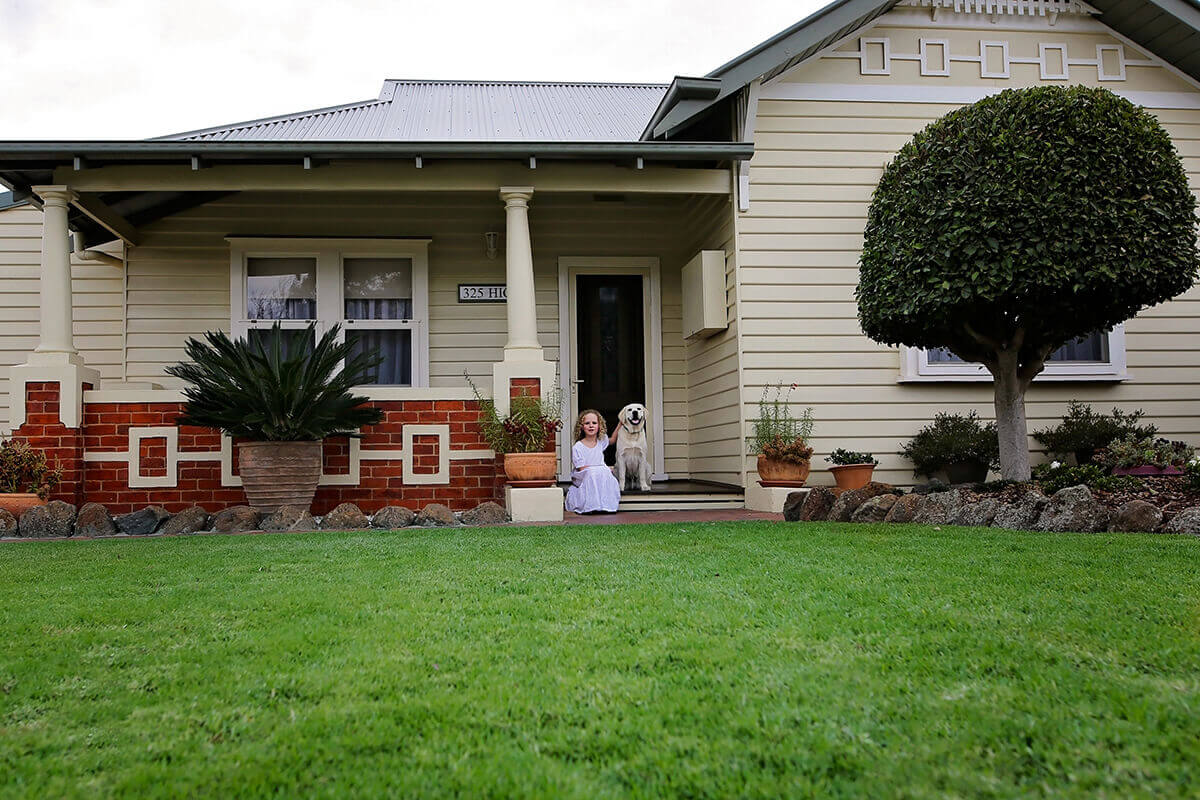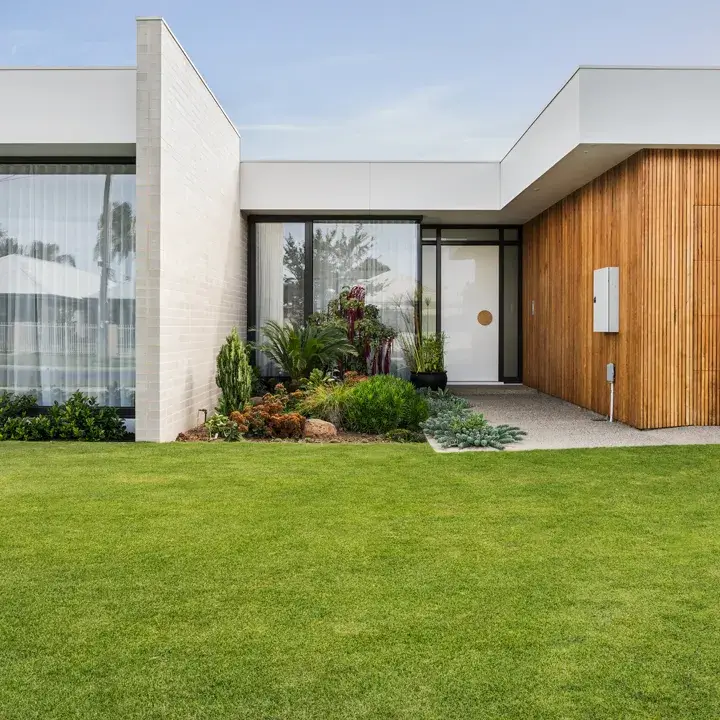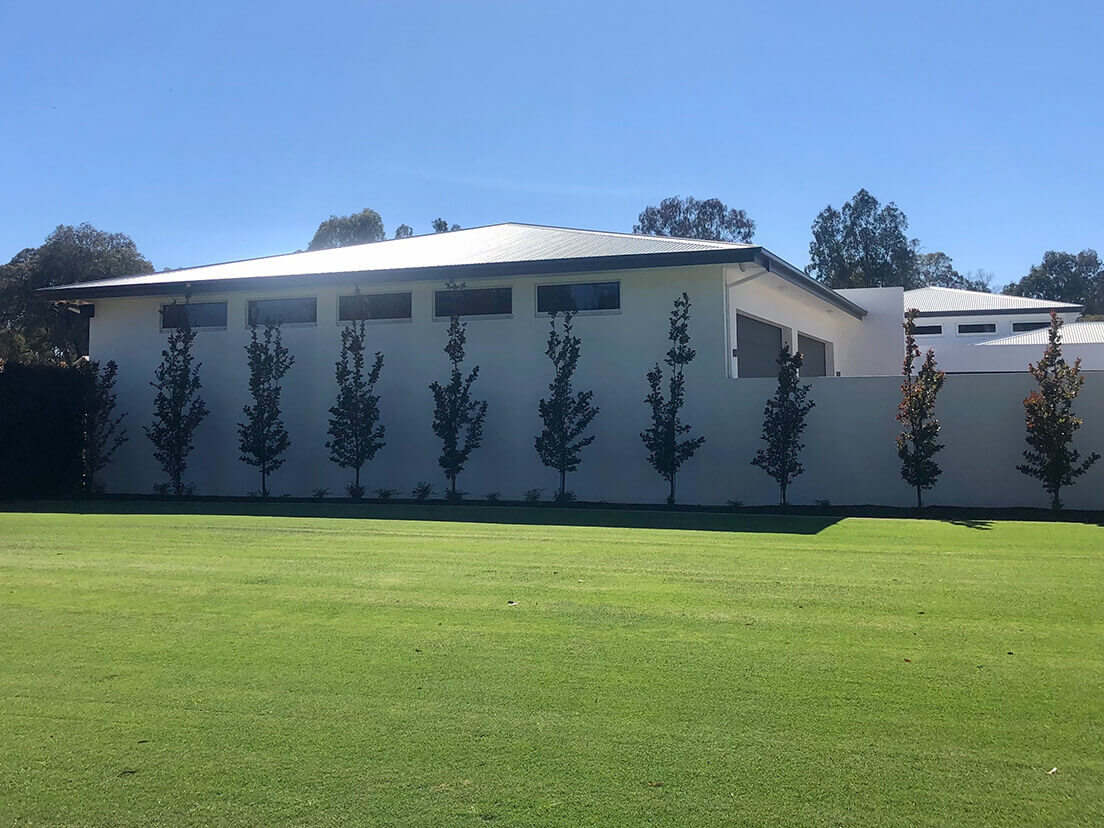Hot and dry weather can really take a toll on even the healthiest lawns and cause them to become thin and patchy. This usually happens over the summer months, as the weather is hot and dry and lawn owners are generally on holidays or too busy to keep up their regular lawn maintenance schedule. It only takes a couple of days of hot, dry weather to affect your lawn.
Usually what you will see is bare patches throughout the lawn or your lawn would’ve started to thin out and change colour. What follows this, is those bare patches bake in the sun and become rock hard making it difficult for water and nutrients to get into the soil. This is commonly known as dry patch and appears regularly in lawns throughout the summer.
Dry patches in your turf are not all created by the same issue.
Common causes of dry patches (dead spots) in your lawn
- Heat exposure (varied area sizes and shapes) - normally a combination of foot traffic, incorrect or insufficient watering practices, lack of water absorption (hydrophobic soil), reflective heat sources, direct heat over exposure.
- Dog urine (up to 20cm areas and varied shapes).
- Turf pest damage (varied area sizes and shapes).
Early detection signs of dry spots on your lawn
- Areas of the turf thinning out.
- Changed colour (blueish greys to browns) turning into bare areas.
- The exposed areas gain more heat stress from the sun and can become hard (depending on soil type).
- The bare patches become inept in water and nutrient absorption (Hydrophobic).
Best ways to treat dry patches in your lawn
First things first, it's always recommended you aerate the affected area of your lawn. Aeration can be done with a garden fork, aerator sandals or a specialised aerator depending on the size of the lawn. This is crucial as it will de-compact your soil and will help nutrients and water penetrate your lawn. Aeration is much easier after a rain event or deep watering. If the turf area is dry, don't try to aerate until there is moisture present in soil profile.
Next, apply a wetting agent to the affected area. Wetting agents come in liquid and granular forms and assist with water absorbing into your soil. This will also allow the soil to hold water in a usable manner for longer. Always remember to irrigate your lawn well after applying the wetting agent to aid the water holding capacity of the profile.
After this, it's time to stimulate your lawn's growth to allow it to self-repair and cover back over. This is best done by applying an NPK fertiliser to the entire lawn and irrigating the lawn well afterwards. Always remember to apply all products at label rates and follow all instructions.
Other helpful solutions
There are steps you can take to reduce the impact of heat affected lawn problems during annual seasonal hot spells:
- Choose a drought tolerant variety.
- Carry out good soil improvement practices prior to installing a new lawn.
- Water your lawn correctly, less frequent, deeper soakings to encourage deep roots.
- If possible, give your lawn one deep soaking at the first sign of any heat and drought and then leave it until it starts to wilt, repeating the process as necessary. This will be more frequent in sandy soils.
- Increase the mowing height – slightly longer lawns shade the soil, reducing evaporation and stress.
Dog Urine
If you suspect urine burns from pets are the cause for dry patches in your lawn, you're probably right.
Dogs can cause urine scalding when they urinate on the same patch repeatedly - they mechanically prefer to allocate one area of turf as their 'toilet area' and can really concentrate the urine in that area of turf. Female and larger breeds of dogs are more likely to cause urine scalding on turf areas as females tend to empty their entire bladder in one go, unlike males that mark all around the yard in smaller amounts. The urine component that discolours the turf is a nitrogen compound and dogs naturally have high amounts of it.
The best solutions for treating urine burns from pets include:
- Hydrate grass: water is the key, try to saturate the area of turf with water right after the dog has urinated.
- Ensure pet is well hydrated: dilution of the urine itself can be achieved by aiding the dog in drinking more water.
- Restrict pet to a localised area of the turf so that urination is not in a specific area.
- Use products like Dog Rocks (in dog's water bowl) - these products can improve turf within 5 weeks of use.
For the latest lawn care products to help ensure you always have the best looking lawn in the street visit our aftercare product range here.
If you have any specific lawn questions, be sure to call our friendly Coolabah Turf team on 1800 055 515.

